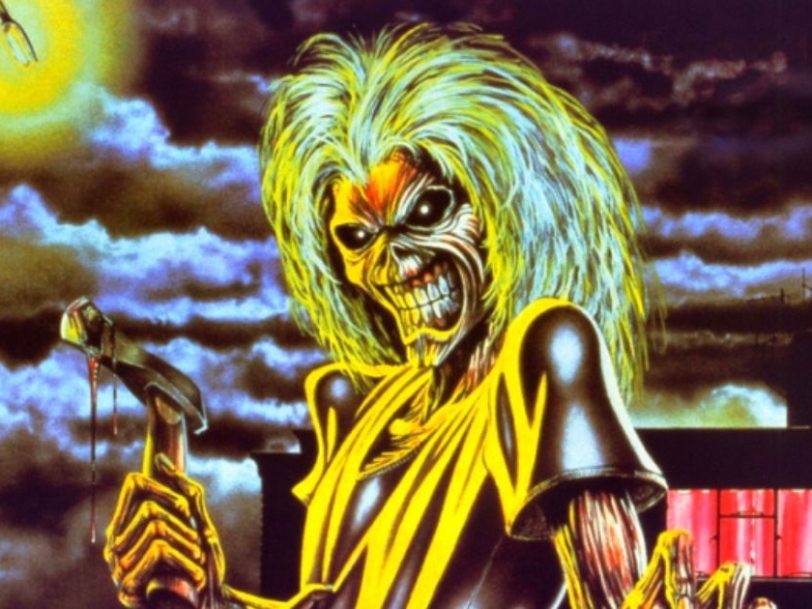Iron Maiden’s second album, Killers, went gold on both sides of the Atlantic, yet it remains one of their most unsung releases. Commercially, it was eclipsed by its illustrious successor, The Number Of The Beast, but it was more than a mere stepping stone to the gargantuan chart success Maiden have continued to enjoy throughout their career, up to and including the release of their 2021 album, Senjutsu. A creative development from the band’s spiky, self-titled debut album, Killers is one of the most pivotal releases in Maiden’s body of work.
Listen to Iron Maiden’s ‘Killers’ album here.
The backstory: “We’d never played to so many people in Britain before”
It’s to Steve Harris and co’s credit that Killers exudes the quality it does, as the circumstances surrounding the album’s recording could easily have consumed lesser bands. Despite flying in the face of changing musical trends such as the mod revival, new wave, and the fledgling New Romantic scene, Iron Maiden had broken into the UK Top 5 with their debut album, but that created pressure in itself, for the record’s success meant the band were hardly off the road during 1980. Prestigious support slots with Judas Priest and KISS presaged Maiden’s first major headlining tour, while an inaugural Reading Festival slot proved both triumphant and terrifying for the fast-rising London band.
“We’d never played to so many people in Britain before, and at one point [lighting engineer] Dave Lights turned the spotlights on the audience, and as far back as you could see, there were people,” Harris recalled in Mick Wall’s Maiden biography, Run To The Hills. “Playing in pubs you can see the whites of people’s eyes and that can be scary if you’re not used to it. But playing to 40,000 people… When they turned the lights on and you could see them all, that sent a shiver through me.”




